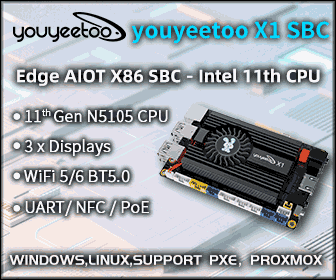TI SimpleLink Wi-Fi CC3000 Brings WiFi Connectivity to All Devices
Yesterday, Texas Instruments unveiled the SimpleLink product family, a portfolio of wireless connectivity technologies for low-power, low-cost embedded applications, which includes self-contained wireless processors supporting Wi-Fi, ZigBee, 6LoWPAN, and ANT. The most noticeable product is the SimpleLink Wi-Fi CC3000, a self-contained 802.11 (WiFi) network processor, that can be added to any embedded application and provide WiFi connectivity to the Internet of Things. With this solution, you can add WiFi to any device, even those powered by MCUs without operating systems such as dishwashers, toasters, refrigerators, thermostats, and factory automation equipment. I wish they’ll make new version of the MSP430 Chronos Wireless Watch with WiFi connectivity, this would remove the need for the RF Dongle. This solution features TCP, UDP and IP software stacks in the chip, it consumes 0.5% of the resources as compared to traditional Wi-Fi and only requires 6KB Flash and 3KB RAM. The company claims it can be […]





